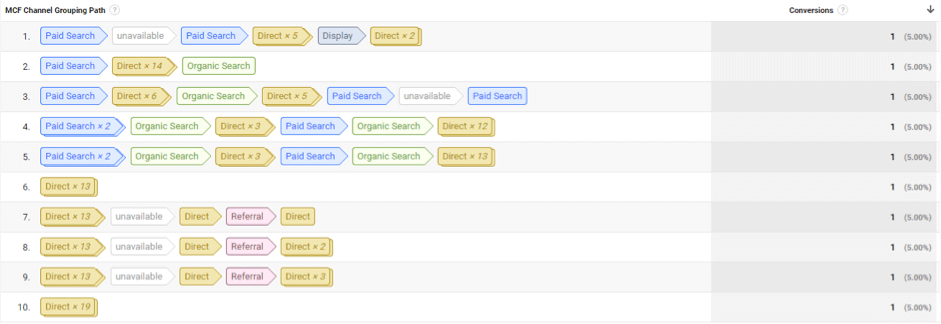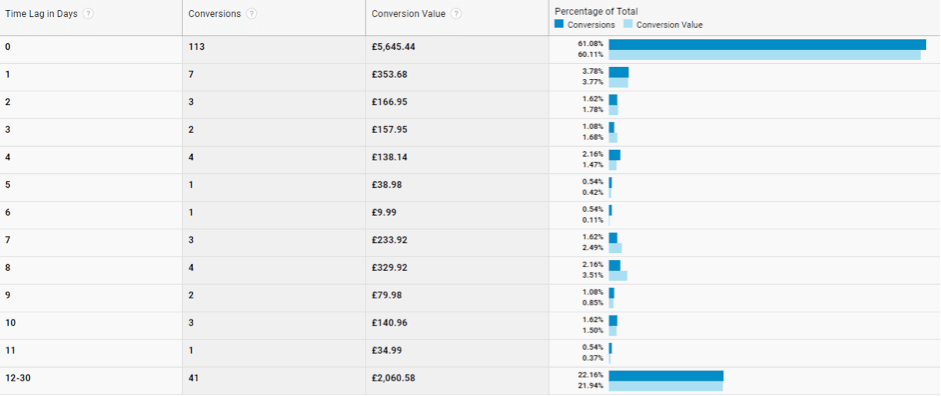Over the past ten years, we have seen a change in user shopping behaviour in terms of the time of year that people will buy.
For example over the last 5-10 years with the emergence of ‘Black Friday’, retailers have been running big sales throughout the ‘Black Friday-Cyber Monday’ weekend or even the two weeks that cover this period. We are also seeing that in the lead up to Christmas there seem to be more and more sales with retailers competing to generate the most revenue possible.
With all these sales now before the New Year, people are not just focussing on gifts as they are using this opportunity to treat themselves as well, instead of waiting for the sales in January to spend their Christmas Money. In this blog post, we will look into how users will still shop around and conduct research into getting the best price possible for the product they want to buy and how we at WebBox analyse the user journey that takes place before the sale is made.
When running digital advertising campaigns for our clients, we know how important it is to advertise and reach people across multiple channels to target both, the active and passive audience. The active channels including Google Shopping make sure our client’s products are in front of the right people who know what they are searching for and are actively looking to purchase something. The passive channels are important to expand the reach and potential revenue for our clients by reaching out to previous website visitors or new users to let them know about a sale that is running and encouraging them to purchase.
However, we know that users like to shop around and so it is vital that there are multiple touch points to stay at the top of people’s minds and so retargeting campaigns are vital. From looking into the analytics of one of our clients’ accounts we can see how only 42% of people purchase on their first visit to the website and over 10% of people took 10 or more visits to the website before purchasing.
Below, we can see a snapshot of user journeys that took 10 or more interactions, going from Paid Search ads to Display, Facebook Paid (unavailable), Organic and Direct.

We can also see how long it takes for a user to complete the sale using the time lag report:

As we can see, over 20% of conversions happen between 12-30 days after the first interaction. We can use this data to set the length of time we keep users in retargeting lists in order to maximise return on investment.
So to conclude, over the festive period, we would recommend utilising multiple advertising channels to maximise the reach of your campaigns and to create multiple touch points in order to increase revenue along with increasing the size of your customer pool.

